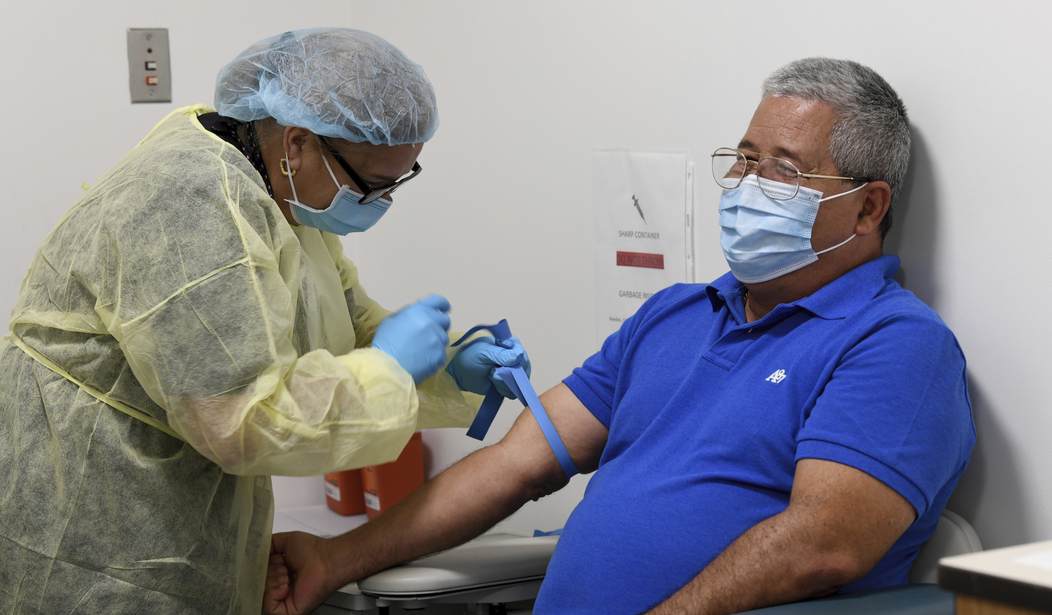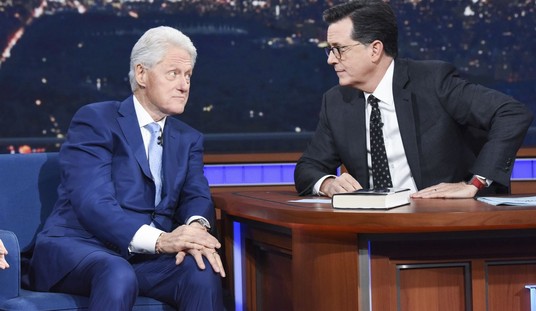Whether the federal government can compel citizens to get vaccinated is a question that will be decided in federal court. And there are several ways to challenge the mandate, any of which may prove to have limited success.
The challenges will come to the mandate’s legal mechanism: an emergency rule issued by the Occupational Safety and Health Administration. The fact that it’s an “emergency rule” means it can bypass the usual regulatory safeguards and hit the public with the full force of law without comment or argument.
Of the nine emergency standards issued between 1971 and 1983, three (dealing with asbestos, vinyl chloride, and the soil fumigant DBCP) were not challenged. Of the six that were challenged in court, four (dealing with asbestos, benzene, organophosphorus pesticides, and diving operations) were stayed or vacated, one (dealing with various carcinogens) was partly vacated, and one (dealing with vinyl cyanide) was upheld. In other words, legal challenges were partly or fully successful 83 percent of the time.
Another possible challenge could come in the way the emergency rule is worded. The law says that OSHA must determine that there’s a “grave danger” to employees and that the action proposed by OSHA must be “necessary.”
There is precedent for an OSHA rule being rejected because the agency failed to adequately prove the “grave danger” or “necessary” standard.
In 1984, the U.S. Court of Appeals for the 5th Circuit rejected an ETS lowering the limit for workplace asbestos exposure. The court said OSHA had failed to adequately support its finding of “grave danger,” which was based largely on its claim that the six-month emergency standard would prevent 80 deaths from asbestos exposure. “It is apparent from an examination of the record,” the 5th Circuit said, “that the actual number of lives saved is uncertain, and is likely to be substantially less than 80.”
The appeals court also concluded that OSHA had failed to show its ETS was “necessary,” noting that existing standards already required the use of respirators. That requirement, OSHA argued, was “unenforceable absent actual monitoring to show that ambient asbestos particles are so far above the permissible limit that respirators are necessary.” But the court said “fear of a successful judicial challenge to enforcement of OSHA’s permanent standard regarding respirator use hardly justifies resort to the most dramatic weapon in OSHA’s enforcement arsenal.”
Walter Olson, a senior fellow at the libertarian Cato Institute, says the OSHA emergency rule “regulates first, and asks questions later.” After the mandate goes into effect, OSHA is supposed to go through the motions of issuing a standard regulation, including the allowance for public comments and hearings.
Olson believes that the “grave danger” standard is “vague and open-ended” and is ripe for a legal challenge. “Is a test-or-vax mandate that applies even to employees who work from home, or who have already contracted the virus and recovered, truly needed to protect other workers from “grave danger”? Olson asks.
He points to some other areas of possible challenges.
Another possible basis for challenge arises from the limits of the federal government’s authority over interstate commerce, an area where, as in the Affordable Care Act individual mandate case, the Supreme Court’s thinking has evolved since OSHA was founded. Yet another, which might rest on a statutory or constitutional basis, could arise from the decree’s expected lack of provision for religious accommodation. Challenges on these grounds might or might not prevail. But if someone tells you that what Biden announced Thursday rests only on OSHA’s accepted and uncontroversial legal powers, they’re scrubbing away a whole lot of legal complication.
In short, the vaccine mandate is hardly a done deal. The question then becomes: Will the courts rule that the mandate can go into effect while all these challenges are working their way through the system? The effort to block implementation while the question is being litigated is a long shot since any plaintiff will have to show that harm resulted from the implementation of the rule.










Join the conversation as a VIP Member